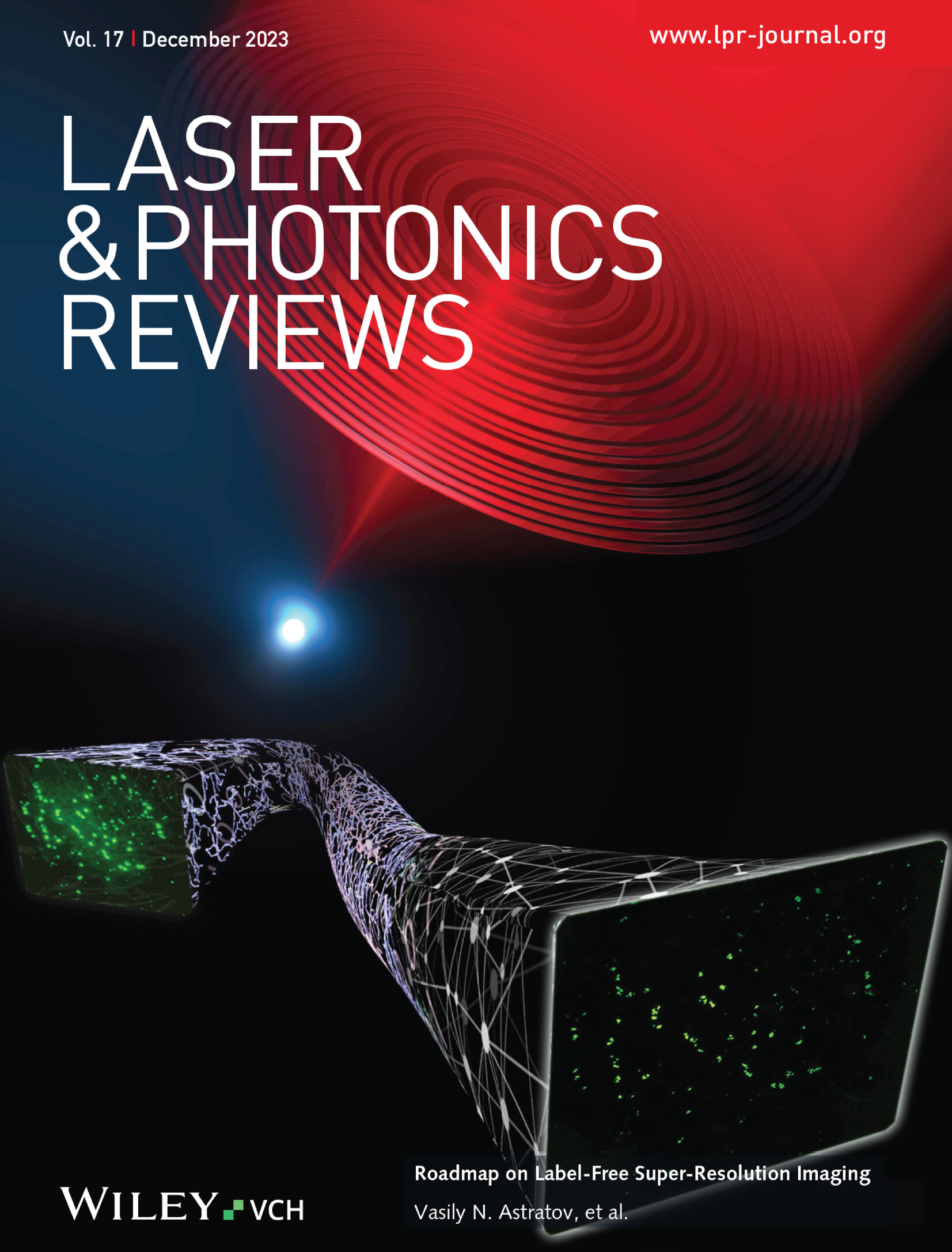Optical Torques on Dielectric Spheres in a Spin-Gradient Light Field
IF 9.8
1区 物理与天体物理
Q1 OPTICS
引用次数: 0
Abstract
Light carries spin angular momentum, which can be imparted to the particle, generating an optical torque (OT). For decades, it has been widely understood that this spin-induced OT only occurs on anisotropic (e.g., dumbbell and rod) particles or absorbing (e.g., gold) spheres. In contrast to previous interpretations, herein a nontrivial mechanism is presented for generating and measuring spin-determined OTs on non-absorbing spheres. This counterintuitive OT emerges from the gradient of the spin angular momentum, which imposes non-uniformly distributed force/energy vectors on the particle. The opposite force vectors on both sides of the beam induce extraordinary spin-gradient OTs whose sign depends on the particle's permittivity rather than its position. This negative spin-gradient OT is more readily observable on dielectric particles due to the elimination of the predominant positive absorbing OT. Experimentally, the spin-gradient OT is exquisitely measured using the polystyrene sphere delicately labeled with a tiny tail, showcasing its strong correlation with light polarization. The study enriches the fundamental understanding of OT, offering marvelous applications that circumvent heating effects in physical and biomedical sciences.

自旋梯度光场中介电球的光力矩
光携带自旋角动量,可以传递给粒子,产生光扭矩(OT)。几十年来,人们普遍认为,这种自旋诱导的OT只发生在各向异性(如哑铃和棒状)颗粒或吸收性(如金)球体上。与以前的解释相反,本文提出了一种非吸收球上产生和测量自旋确定的OTs的非平凡机制。这种反直觉的OT来自自旋角动量的梯度,它将非均匀分布的力/能量矢量施加在粒子上。光束两侧相反的力矢量会产生异常的自旋梯度ot,其符号取决于粒子的介电常数而不是粒子的位置。由于消除了主要的正吸收OT,这种负自旋梯度OT在介电粒子上更容易观察到。实验中,利用带有微小尾巴的聚苯乙烯球精确地测量了自旋梯度OT,显示了它与光偏振的强相关性。该研究丰富了对OT的基本理解,提供了在物理和生物医学科学中规避热效应的奇妙应用。
本文章由计算机程序翻译,如有差异,请以英文原文为准。
求助全文
约1分钟内获得全文
求助全文
来源期刊
CiteScore
14.20
自引率
5.50%
发文量
314
审稿时长
2 months
期刊介绍:
Laser & Photonics Reviews is a reputable journal that publishes high-quality Reviews, original Research Articles, and Perspectives in the field of photonics and optics. It covers both theoretical and experimental aspects, including recent groundbreaking research, specific advancements, and innovative applications.
As evidence of its impact and recognition, Laser & Photonics Reviews boasts a remarkable 2022 Impact Factor of 11.0, according to the Journal Citation Reports from Clarivate Analytics (2023). Moreover, it holds impressive rankings in the InCites Journal Citation Reports: in 2021, it was ranked 6th out of 101 in the field of Optics, 15th out of 161 in Applied Physics, and 12th out of 69 in Condensed Matter Physics.
The journal uses the ISSN numbers 1863-8880 for print and 1863-8899 for online publications.

 求助内容:
求助内容: 应助结果提醒方式:
应助结果提醒方式:


